Last Updated on December 4, 2024 by SampleBoard
As we look ahead to nursery design trends for 2025, one of the most exciting developments is the increasing attention to sensory experiences through textural elements.
The concept of sensory nurseries focuses on creating spaces that engage all the senses, making them visual havens and tactile and immersive environments that support infants' development and exploration.
Here's a closer look at the key elements driving this trend.
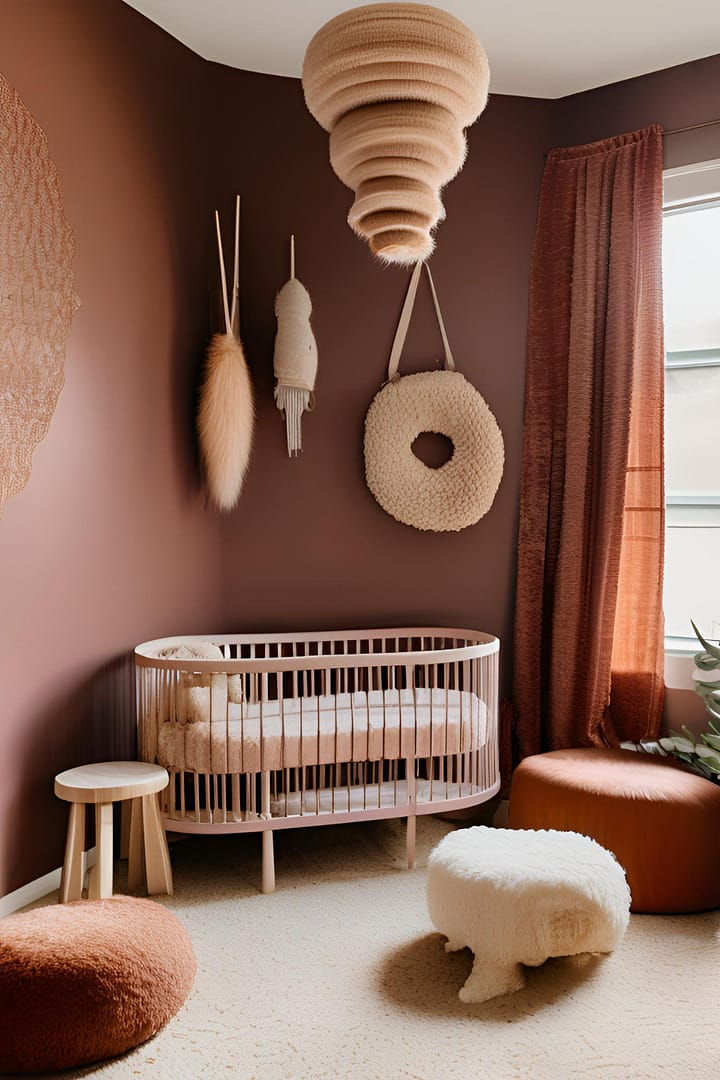
Bouclé, known for its unique looped texture, is expected to appear prominent in nurseries.
This cozy fabric adds warmth and visual interest and invites touch, making it ideal for upholstered furniture, cushions, and even nursery textiles.
The irregularity of bouclé fabric engages the sense of touch, offering a comfortable and stimulating sensory experience.
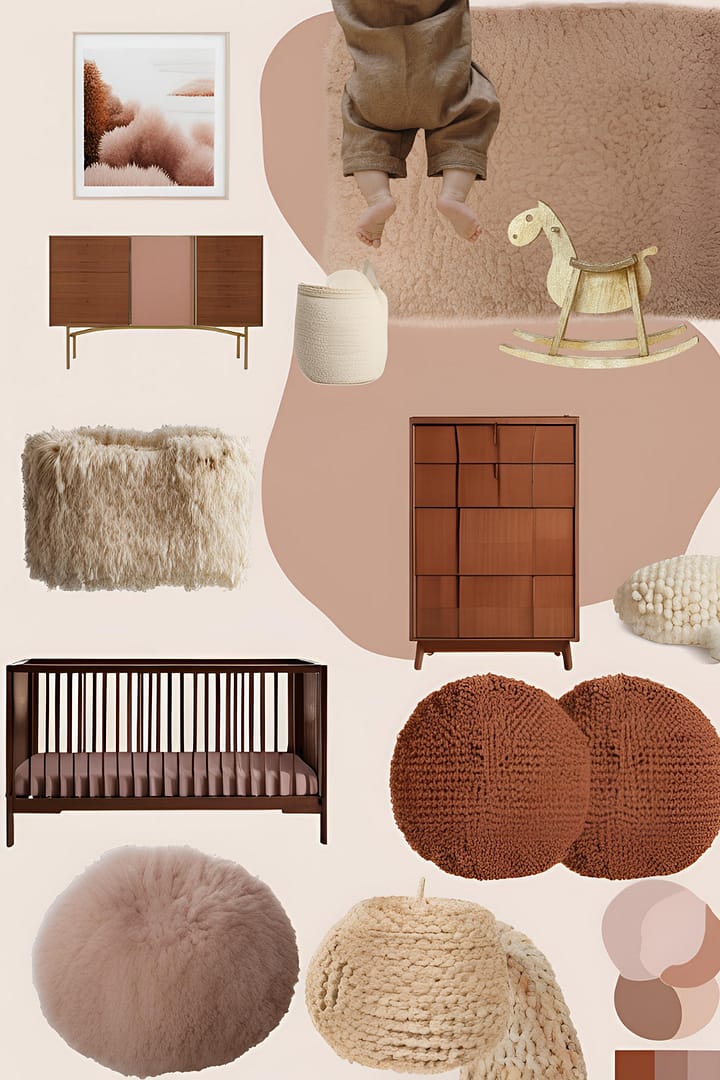
Curved furniture design is becoming a favorite in nursery settings, not just for its aesthetic appeal but also for the comfort and safety it provides.
The soft, wavy curves of cribs and chairs create a sense of security, making the environment more inviting and reassuring for children and parents.
These organic shapes evoke a sense of calm and playfulness, providing a nurturing environment for children to explore.

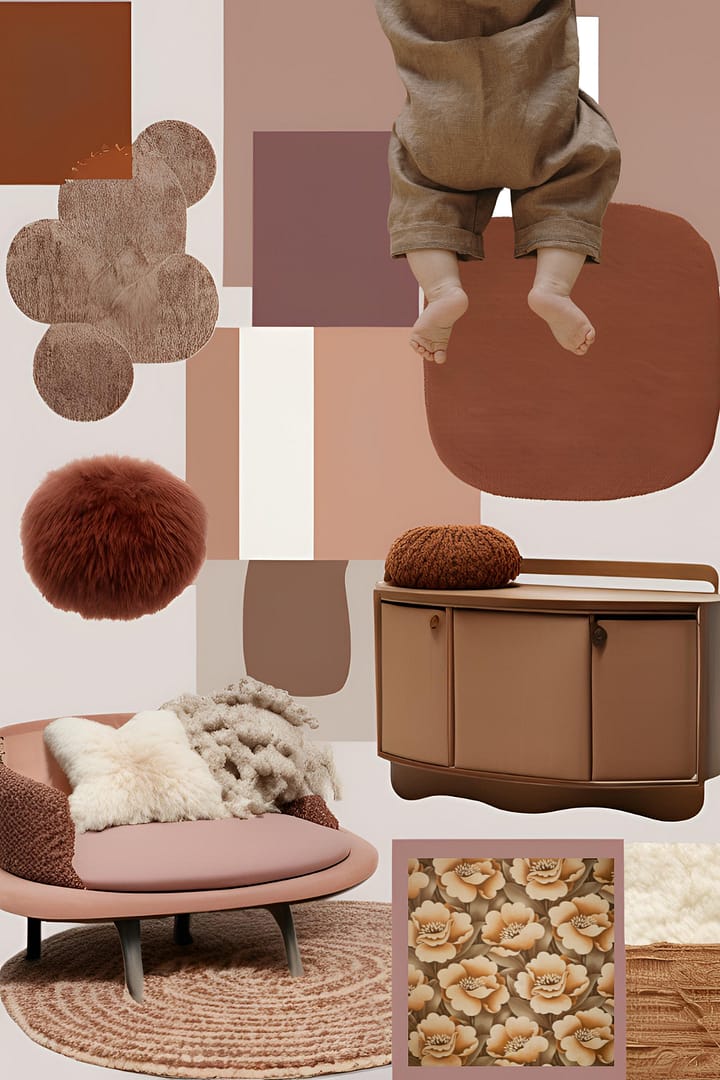
Woven textiles add depth and natural beauty to nursery designs. Natural fibers such as rattan, jute, and wicker can be incorporated into furniture, storage solutions, and decorative elements.
These materials introduce a tactile component and bring an earthy feel that connects the space to nature.
Woven textures can stimulate visual interest and encourage exploration, making them perfect for sensory-friendly nurseries.
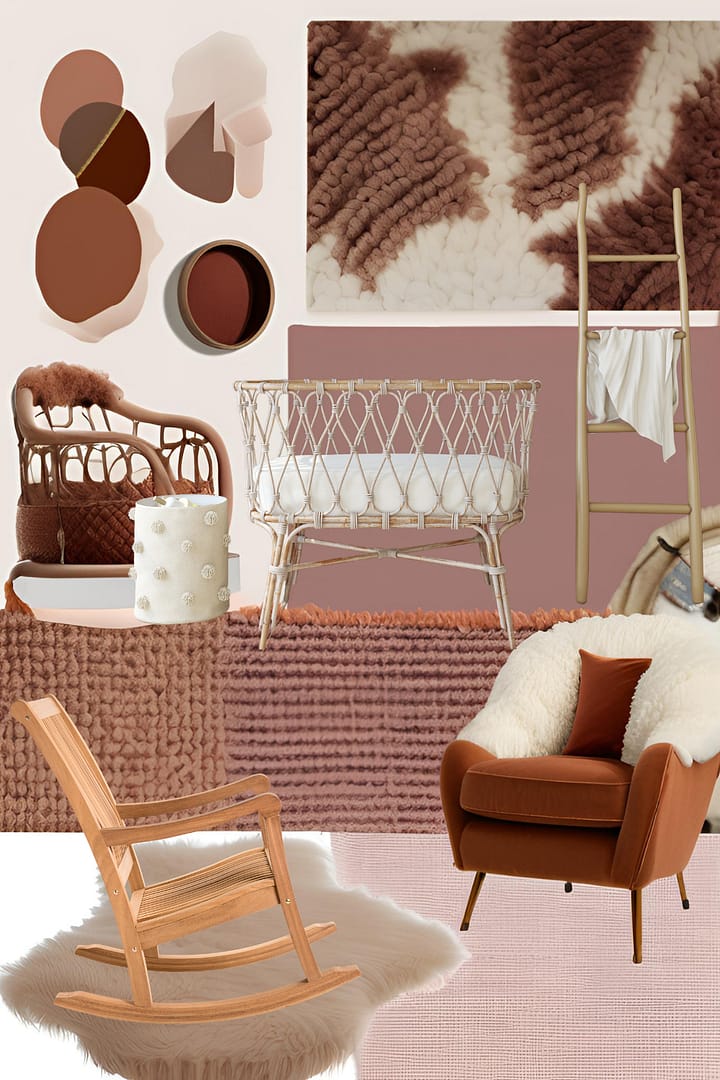
Combining different materials—such as wood, metal, fabric, and concrete—offers endless opportunities to create a sensory-rich environment.
Each material can introduce its unique texture, allowing parents and babies to engage with the nursery multi-faceted.
Furniture that features mixed materials encourages tactile exploration, promoting curiosity and interaction.
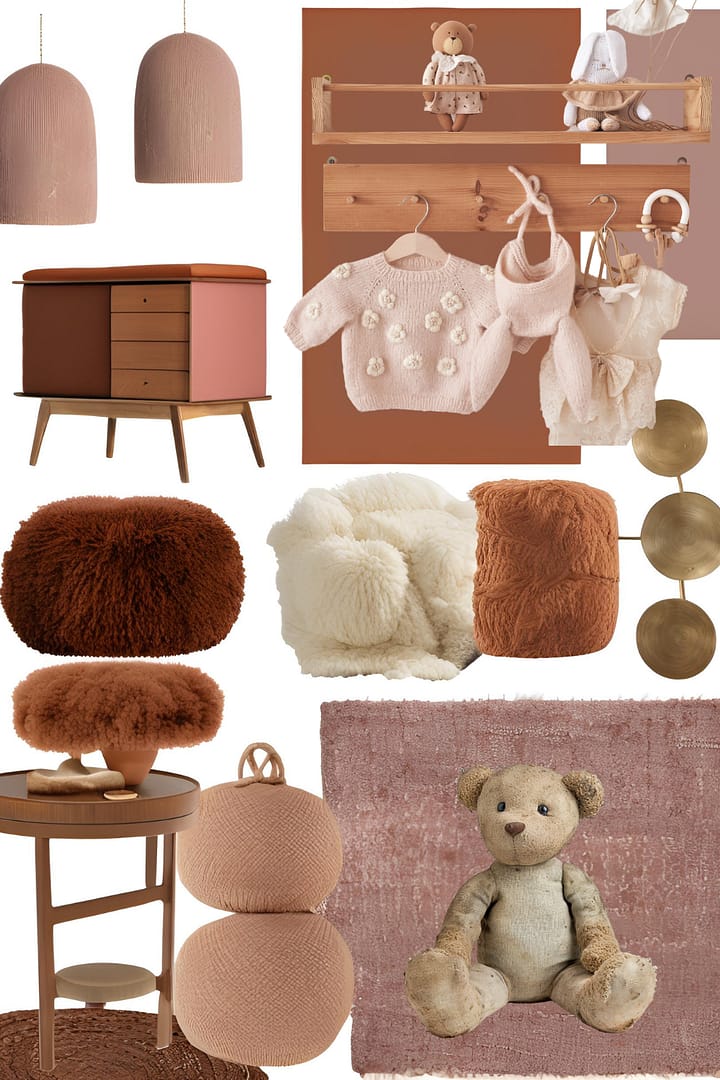
The essence of sensory nurseries lies in the emphasis on tactile experiences. Every element is carefully selected, from soft rugs underfoot to textured wall hangings to engage the senses.
This focus not only enhances the aesthetic appeal of the nursery but also plays a vital role in a child's development.
Engaging with different textures can help stimulate sensory processing, supporting cognitive and emotional growth.
Parents and designers can foster a child's curiosity and creativity by creating a space that encourages sensory exploration, laying a solid foundation for their future learning and development.
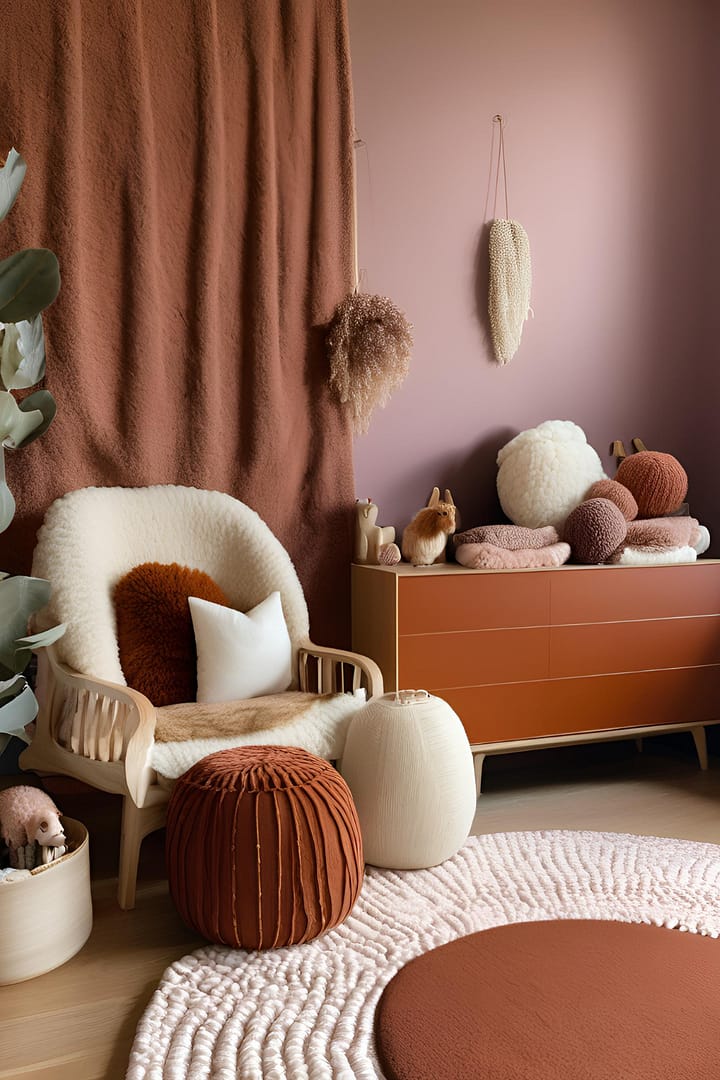
As nursery design trends evolve, one material is stepping onto the scene to rival the beloved bouclé: sheepskin.
Known for its luxurious texture and warmth, sheepskin is becoming a favored choice among designers and parents looking to create inviting, cozy spaces for their little ones.
Here's why sheepskin is making waves in 2025 nursery designs and what it brings to the table.
Sheepskin's softness and plush quality make it a highly desirable fabric for nursery furnishings.
Its inviting texture provides a warm and cozy feel, perfect for creating a nurturing environment.
Whether used on rocking chairs, in play areas, or as decorative throws, sheepskin adds an element of comfort that encourages relaxation and bonding time between parents and infants.
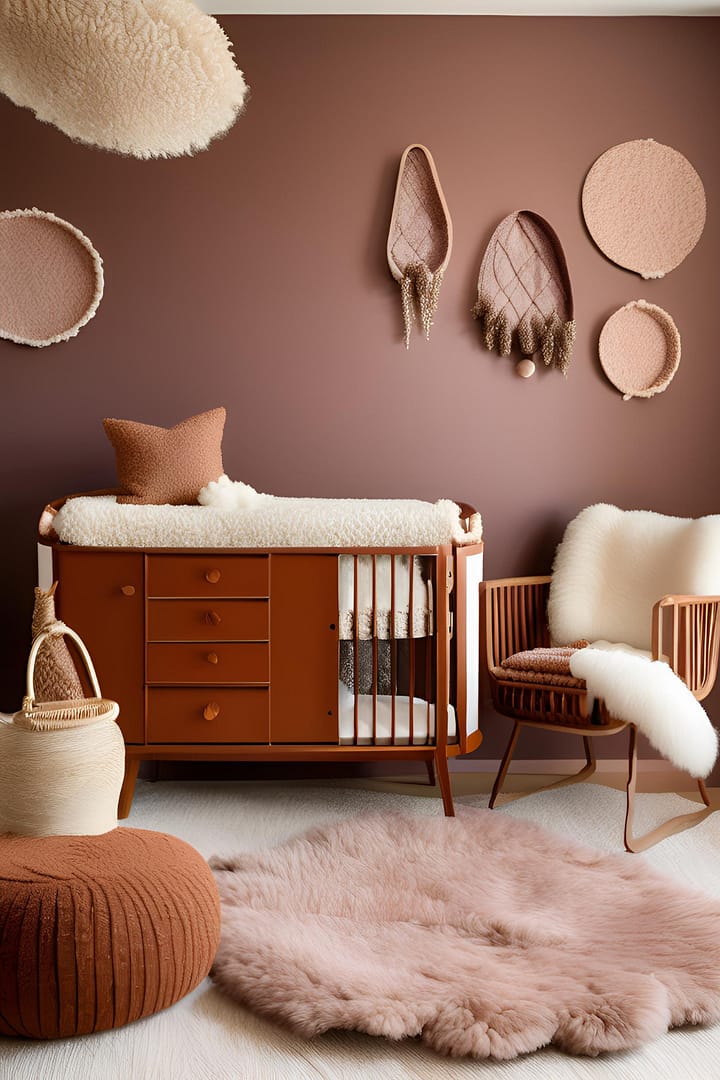
One of the sheepskin's key advantages is its versatility.
Available in various colors and styles, sheepskin can easily complement different nursery aesthetics—from rustic and farmhouse to modern and minimalist.
This adaptability empowers parents to incorporate sheepskin into their nurseries in a way that perfectly aligns with their tastes and desired atmosphere, inspiring them to create unique and personalized spaces.
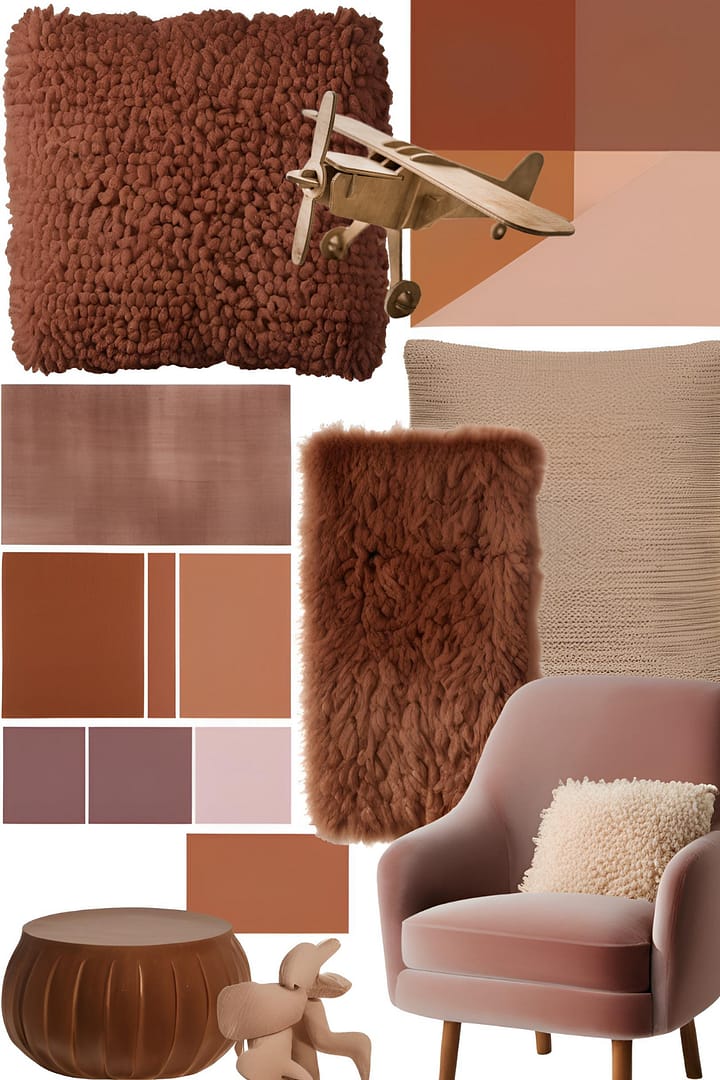
Just like bouclé, sheepskin introduces a rich texture that enhances the sensory experience in the nursery.
Its unique surface invites touch, making it an engaging addition to a child's environment.
Incorporating sheepskin elements, such as rugs or wall hangings, can stimulate sensory exploration and comfort babies as they interact with their surroundings.
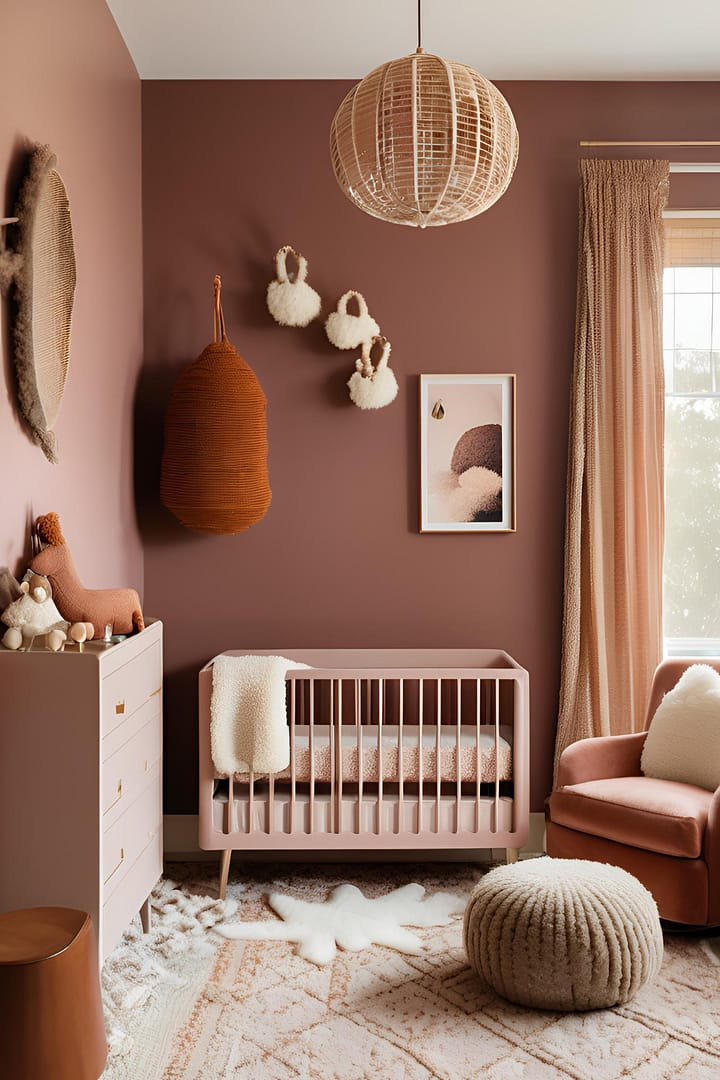
Sheepskin is available at various prices, making it accessible for multiple budgets.
This inclusivity ensures that all parents, regardless of their financial situation, can enjoy the comfort and style that sheepskin brings to a nursery.
Whether it's a high-end option or a more affordable alternative, sheepskin can easily fit into any nursery design without compromising on comfort or style.
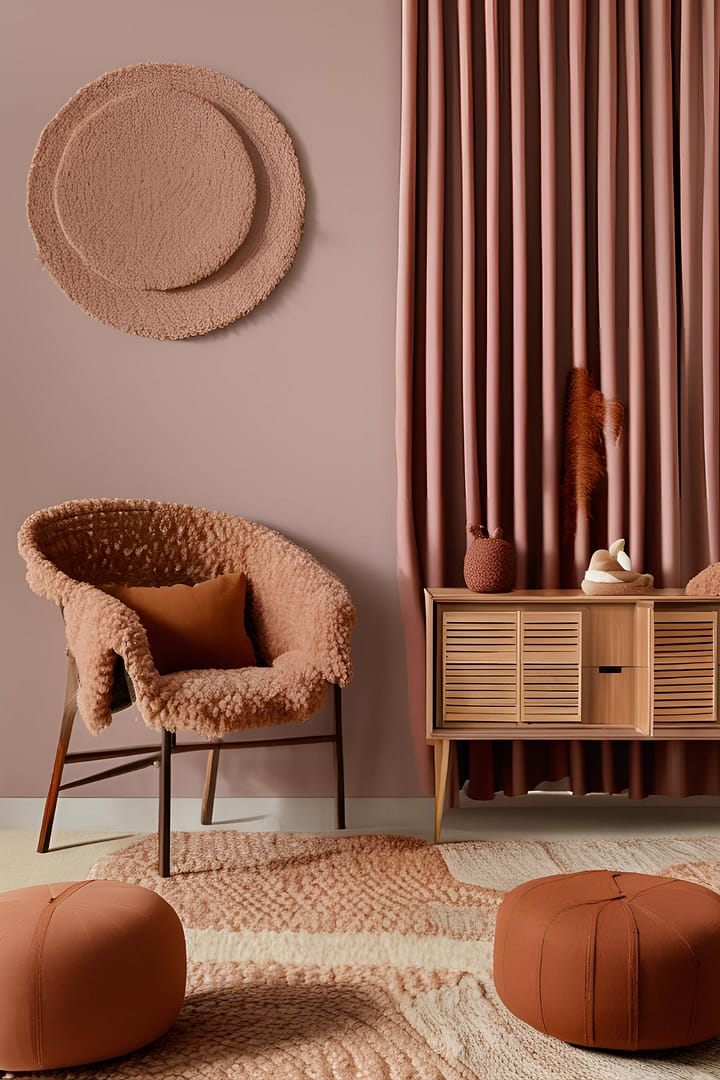
As we move towards comfort-driven nursery designs, sheepskin fabrics embody the essence of coziness.
The plush, fluffy texture creates a warm, inviting atmosphere for snuggling. Adding sheepskin elements can elevate the room's overall feel, creating a sanctuary where babies and parents can feel at ease.
In 2025, sheepskin is set to emerge as a leading material in nursery design, rivaling the popularity of bouclé.
With its luxurious comfort, versatility, and tactile appeal, sheepskin offers a unique touch that enhances the coziness of any nursery.
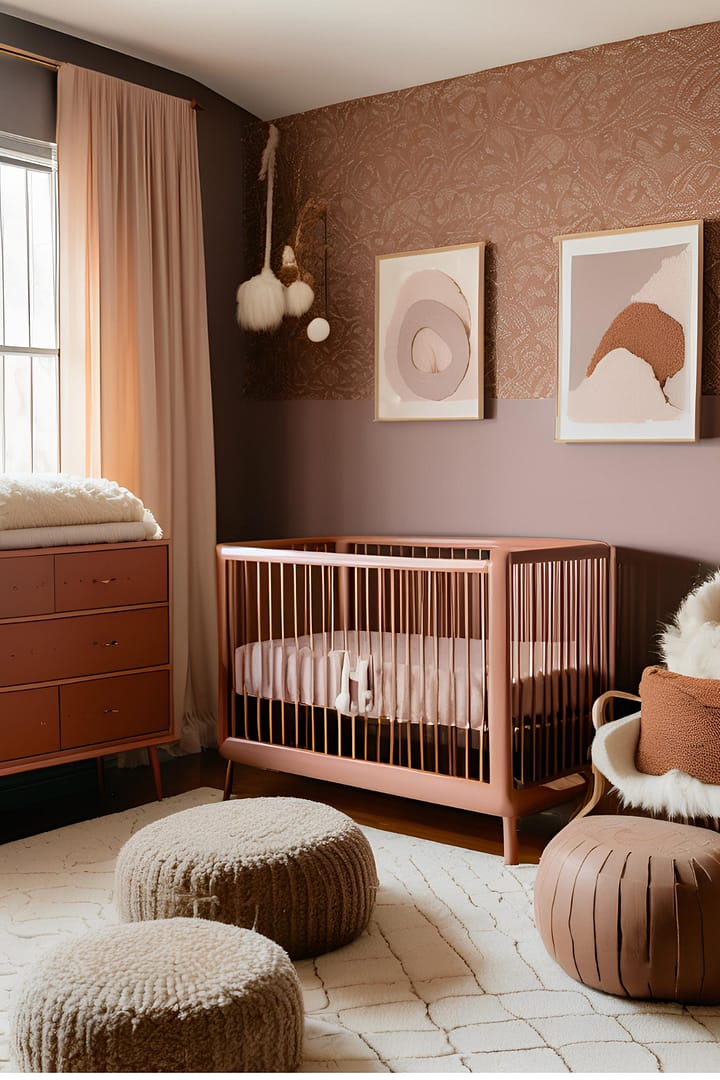
As parents look to create nurturing spaces for their children, incorporating sheepskin into furniture, accessories, and décor will undoubtedly contribute to a warm and inviting atmosphere.
Sheepskin is poised to be a staple in the next wave of nursery designs, providing both style and comfort for families, whether it's through plush rugs, soft throws, or beautifully upholstered rocking chairs.
For instance, a sheepskin rug can add a cozy touch to a play area, while a sheepskin throw can make a rocking chair more inviting.
The possibilities are endless, and the result is a nursery that is both stylish and comfortable.
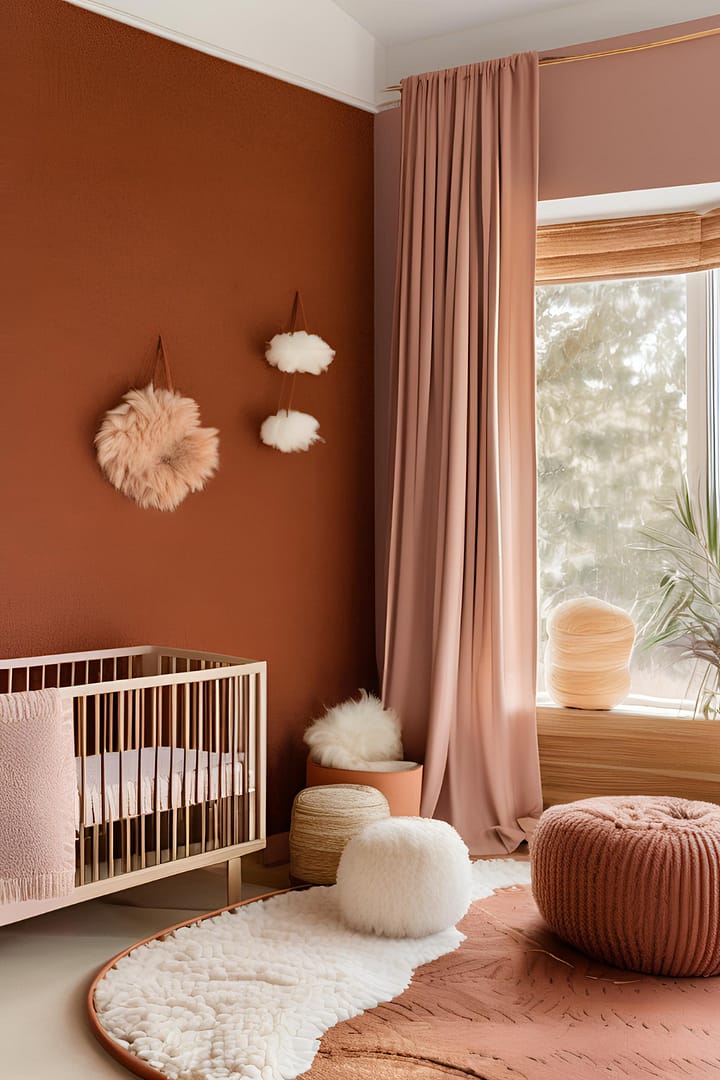
The trend of sensory nurseries for 2025 marks a significant shift in how we think about children's spaces.
Designers create environments inviting interaction and exploration by integrating elements such as bouclé fabrics, wavy curves, woven materials, and mixed textures.
These sensory-rich nurseries are designed to engage not only the visual senses but also the sense of touch, fostering a nurturing and creative atmosphere.
As parents look to create functional and stimulating nurseries, focusing on texture will undoubtedly lead to more innovative and personalized spaces for children and families.